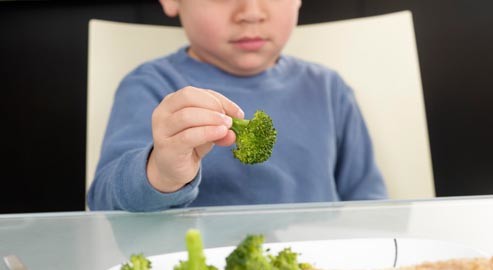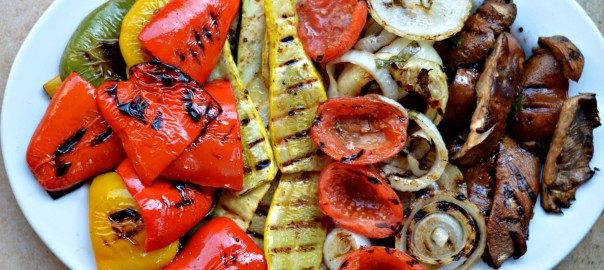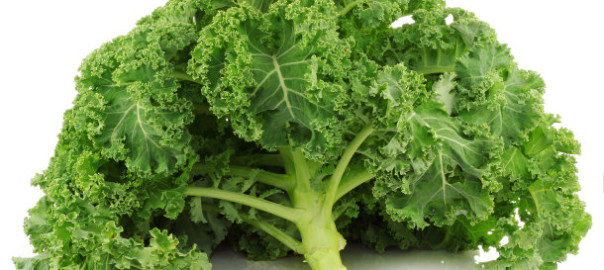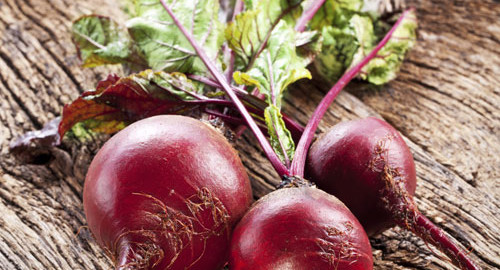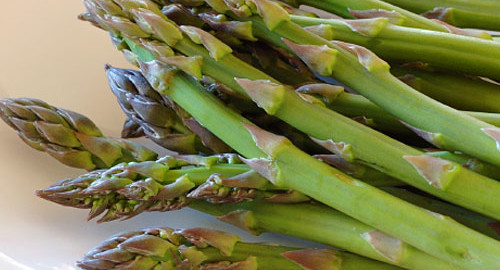As an adult, going to the farmers market and picking out fresh and local vegetables with your EBT SNAP benefits card is exciting. Unfortunately, your children may not be as enthused. If your child is a picky eater, it can be challenge to get them to eat healthy. Make the most of your farmers market produce and try these tips and recipes to get your kids to eat healthy foods!
1. Get Them Cooking
If your children are involved in the food preparation process, from start to finish, they will be more inclined to eat the healthy dish. Take them to the farmers market and help them pick out the produce. Cooking together will not only be a quality experience but it will make your child feel involved and proud of the finished product.
2. Pair Vegetables with Their Favorite Foods
Children will be more willing to try a new vegetable if it’s paired with their favorite food. Try adding vegetable toppings to a pizza or taco or mix in vegetables with a pasta dish. If your child is resistant, don’t give up. Your child’s taste preferences will change as they grow. It could be helpful to serve a familiar vegetable with a new one so your child will be more likely to eat them.
3. Don’t Force Your Child to Eat Vegetables
Although it is frustrating when your child will not eat their vegetables, it is not productive to yell or make ultimatums. DO NOT force your child to eat any food. This can cause emotional trauma surrounding the food and have them avoid eating it, even as adults. The best strategy is to ask them to eat small portions of the food to try, not clean their plate.
4. Put Them Everywhere
When children are hungry, they usually pick what is easy and accessible. Your job as a parent is to make fruits and vegetables reachable snacks. Cut them up and put them in containers on low shelves in the fridge. If healthy snacks are already cut and ready to eat, your children will be more likely to choose them. Also, have snack-sized dips like hummus or ranch available to pair with raw vegetables.
5. Set a Good Example
Children mimic their parents’ behavior. If they see you eating healthy foods, they will eat them as well. Eat the foods you are asking them to eat and be a role model for them. Teach them about healthy foods and nutrition and they will most likely adopt your ways.
If none of these tips work on your picky eater, try hiding vegetables in plain sight. Check out this website with over 100+ recipes kids will enjoy but secretly contain vegetables.
Check out what is being picked this week*:
Tomatoes, Herbs, Blackberries, Peppers, Lima Beans, Rhubarb, Beets, Cabbage, Kale, Lettuce, Swiss Chard, Onions, Snap Peas, Broccoli, Beans, Zucchini, Cherries, Raspberries & Cucumbers
*Availability will vary by market due to differences in growing zones.
